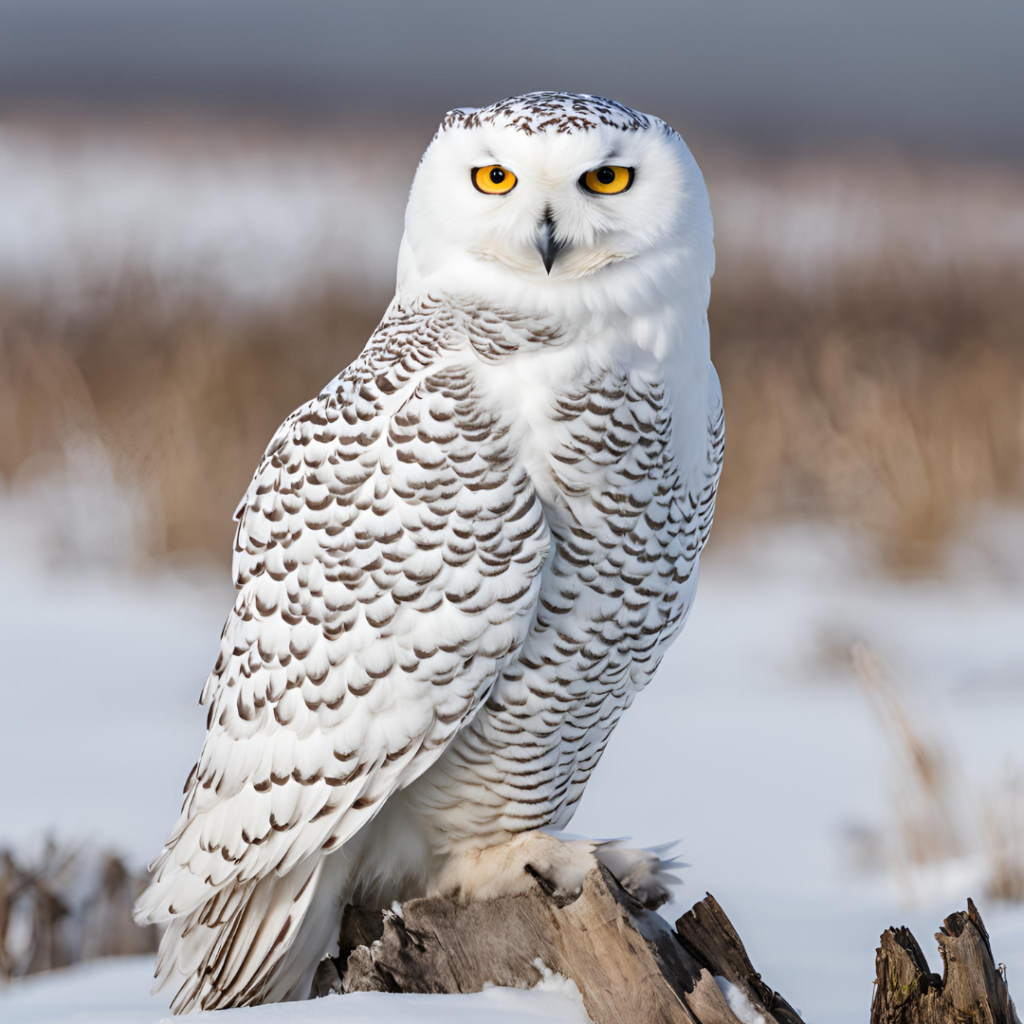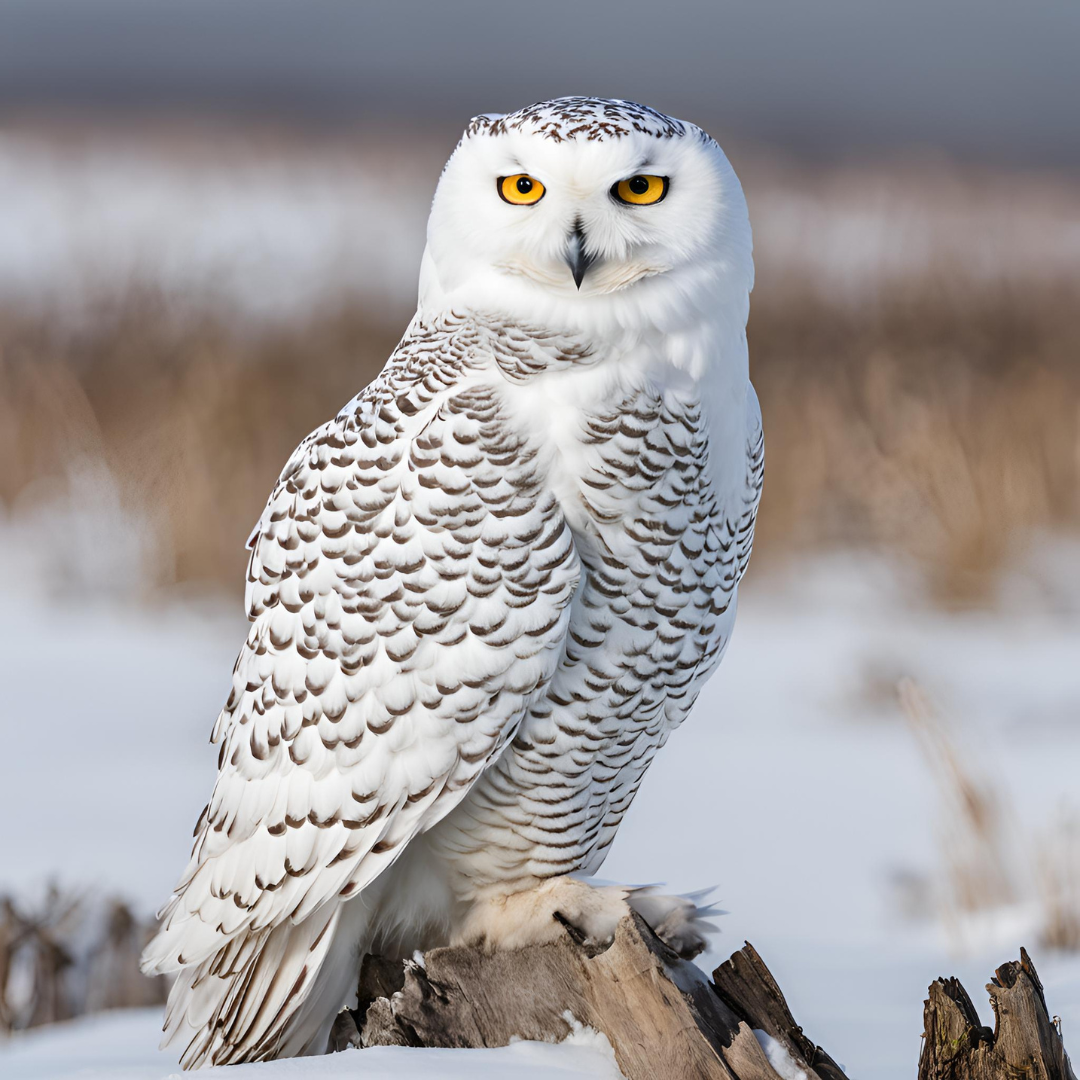Incredible Snowy Owl Facts — Nature & Wildlife To The Extreme

Few birds are more glamorous than the Snowy Owl, one of the biggest owls in North America and easily recognized by its white feathers and big yellow eyes. These majestic animal is native to Arctic tundra and our normally well-designed for surviving in some of the toughest climates over Earth. A deep dive into the Snowy Owl — a bird that you need to know about.
1. Unique Appearance
Classified as a large owl, the Snowy Owl is identifiable by its pure white feathers.
Q. What does it look like?
Males are almost all white, females and young owls have dark flecking to help camouflage in their surroundings.
Yellow Eyes:
Their bright yellow eyes are adapted to notice movement in low-light conditions.
Dimensions**:
The Great Horned Owl is a big owl species, measuring 55 centimetres (22 in) tall with a wingspan of and between 1.4 to 1.5 m (4 ft 7 in – 4 ft 11 in).
2. Habitat and Range
While these birds are native to the Arctic tundra, they migrate throughout different seasons.
Breeding Areas:
Nests only in the far north of North America, Europe and Asia
Winter Migration**:
They migrate south into Canada and the northern United States several months of the year when it is colder. Some go all the way to the Great Plains.
3. Adaptations for the Cold
Special adaptations are needed to live in extreme cold:
Highdowny**:
Snowy Owls have thick feathers, including on their legs and feet!
Camouflage
their white feathers help them stay hidden from predators and prey alike against the snowy backgrounds they blend into.
Energy Storage:
They eat a lot of good whenever they can find it and build up energy reserves for lean periods.
4. Hunting and Diet
As carnivores, Snowy Owls hunt extremely well.
Main Prey:
Lemmings are a specialty, and one Snowy Owl will eat 1,600 lemmings in a single year!
Opportunistic feeders:
They tend to hunt rabbits, small birds, fish and even rodents.
Hunting Method**:
Snowy Owls hunt by finding a perch and watching for movement on the ground, then hunting low to the ground in silence.
5. Behavior and Social Traits
Snowy Owls are diurnal, which is not the case for many owls.
Lone Ligers**:
These lancing beasts prefer solitude except during mating rituals.
They are territorial in the sense that they will defend their eggs and chicks against any potential predators during nesting.
Nativity:
Their migratory patterns are based on the availability of food, which makes them impulsively wander.
6. Breeding and Nesting
They breed in the summer months of the Arctic when there is almost total daylight.
Nests:
Females construct nests on the ground, typically in elevated locations to observe potential predators.
Eggs:
Number of eggs per clutch, which can number anywhere from 3 to 11 based on available food.
Parenting Care:
Both parents share responsibilities in protecting and feeding the chicks until they fledge.
7. Conservation Status
Although Snowy Owls are not currently threatened, their numbers are in decline.
Threats:
Climate change, loss of habitat and diminishing prey stocks are serious threats.
Home Range Protection**
Studying their movement and migratory routes leads to better management strategies.
8. Cultural Significance
In various cultures the Snowy Owl is considered special:
Mythology:
Many folklore traditions associate with magic and wisdom.
CULTURE**:
Popularized as Hedwig in the Harry Potter series.
Why Snowy Owls Matter
Ecological Importance of Snowy Owl in their habitat. This helps support the entire Arctic food web by keeping populations of small mammals and other prey in check. They are also an indicator of the health of tundra ecosystems.
Final Thoughts
Everything about the Snowy Owl is impressive, from its beautiful exterior to its unwavering strength in the harshest of climates That’s how they become the ambassadors of the Arctic reminding us about fragile ecosystems that need conservation.
Read more birds and their quirks on our blog, and stay tuned for wheezy nuggets of wisdom!
